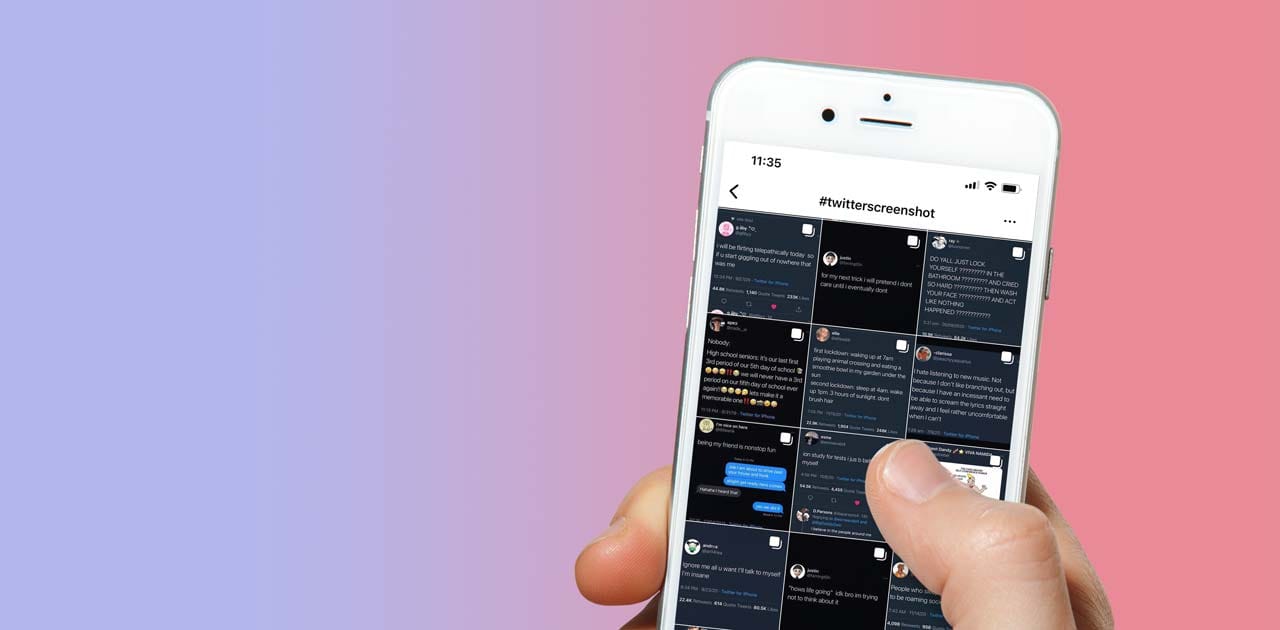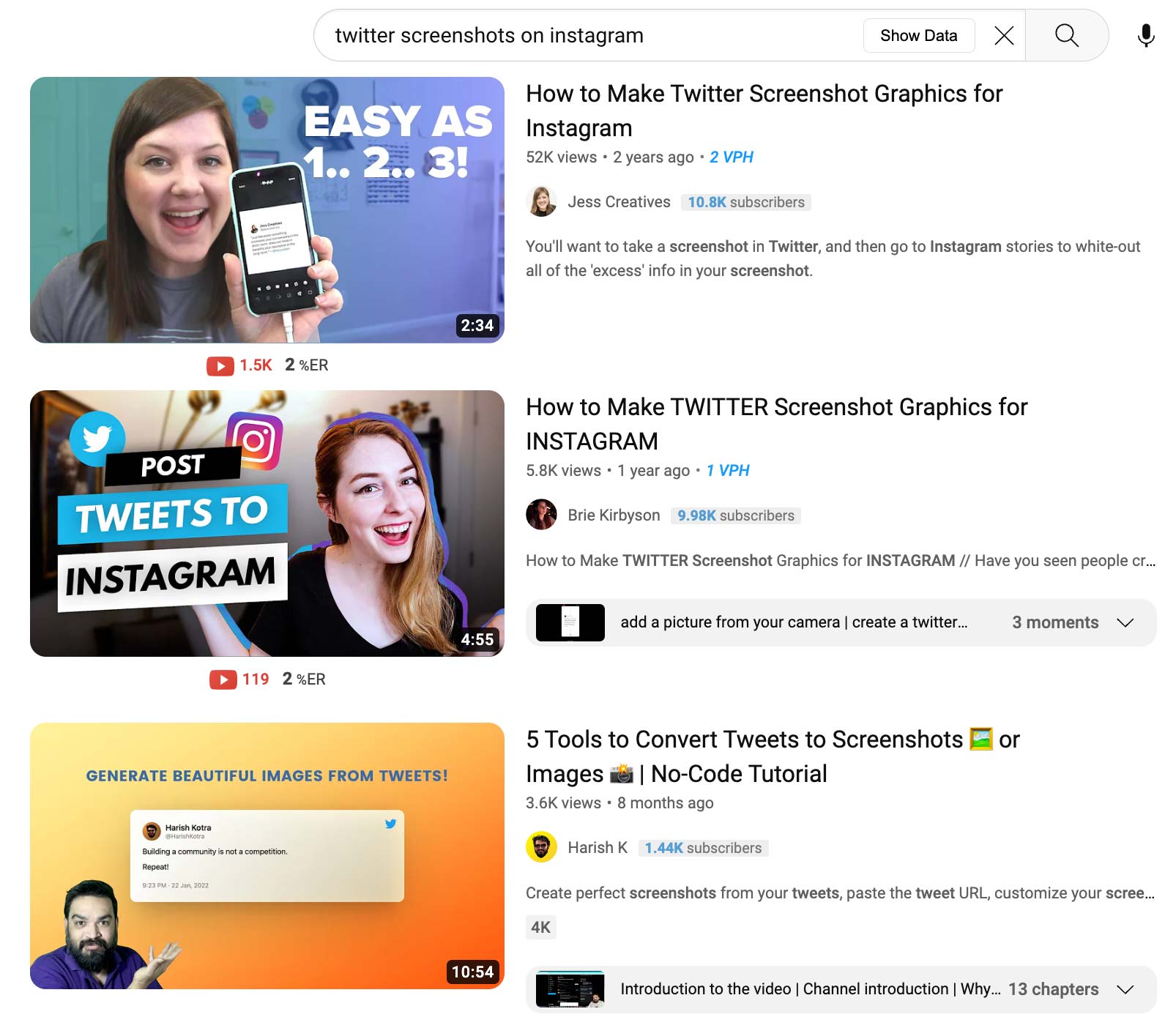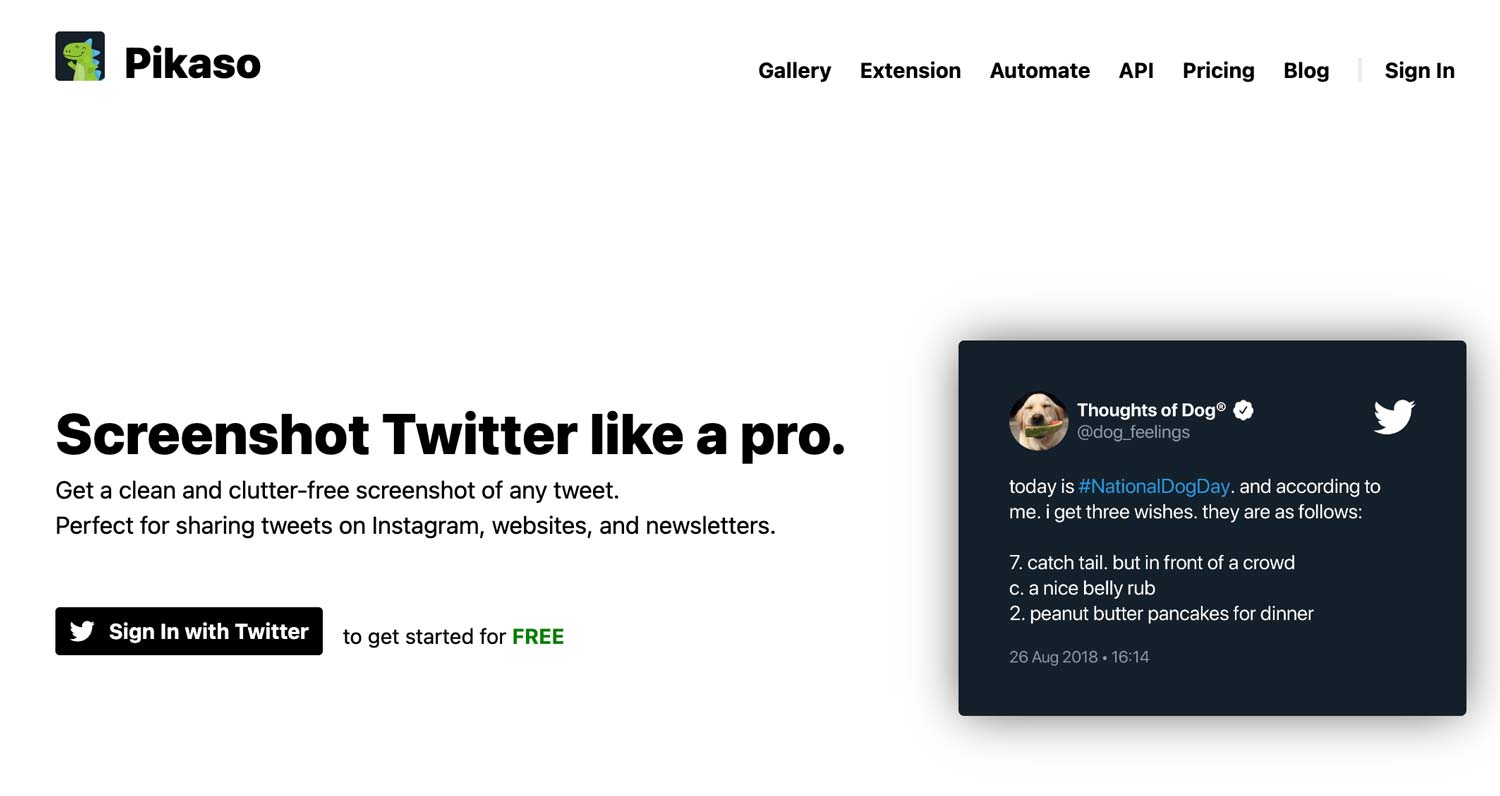What's with all these Twitter screenshots?
Why are people posting screenshots of their own Tweets?

You have seen them. Social media influencers post their own screenshots (usually Twitter screenshots) on Instagram or Facebook.
Few examples:



The question – why?
Why not just bang it out with text?
You could argue that some of these posts are on Instagram, which is a visual-driven platform. But you see Twitter screenshots posted on Facebook too.
What's more bizarre is that some people don't even know why they are posting screenshots instead of text anymore.
Many have become copycats.
If it works for them, then I shall copy it.
Twitter -> Instagram.
Go on YouTube and you'll see a never-ending list of tutorials teaching you the easiest way to screenshot your tweets and repost them.

Some tutorials even go further, suggesting ways to beautify your screenshots.
We even have Twitter screenshot tools:

It's when you see tools popping up in the market – that tells you there's a growing demand.
But Twitter hates it.
The trend of taking screenshots got so rampant that Twitter tried to stop people from takings screenshots – by encouraging people to share the tweet or copy a link to the tweet instead.

That's because money is made when people stay on Twitter. With more users staying and engaging on the platform, Twitter would be able to charge more advertisers more buckeroos.
Who started the whole Twitter Screenshot thing?
Nobody really knows how the trend started.
However early on, taking Twitter screenshots would be a way to do two things.
- Quickly validate an idea or a post.
- To capture proof that a celebrity or influencer said something (before they deleted it)
But then people began to discover that Twitter could be used as a way to boost engagement on Instagram or Facebook.
A tweet screenshot appeared more lively and eye-catching. They performed better compared to regular text posts.
From there, it's a game of mirroring what works on social media. Followers see their idols posting Twitter screenshots and decide to hop on the bandwagon – in hopes of getting more engagements.
Why it works.
There's no research behind why Twitter screenshots work so well – or how long before the trend dies.
But here are some possible reasons why social media influencers are continuing to post screenshots of their tweets.
Content repurposing.
Why only reap the benefit of one platform, when you can get engagements from another 2-3 platforms?
This is known as content repurposing, made viral by Gary Vaynerchuk. You create original content for one platform – then with the least effort possible, repurpose it into multiple pieces of content to post on separate social media platforms.
It comes down to us just being lazy (or efficient) and finding a quick way of giving more shelf life to our content.
Authority.
Some people post Twitter screenshots to show they have a good following and engagement on Twitter.

Regardless of the numbers, Twitter screenshots seem to give out a little bit more authority. Maybe it's got to do with the way Tweets visually look.
After all, if this person is not afraid of sharing what's on his mind – he should be an authority.
But don't be surprised to find some people editing their screenshots to make their profiles look verified!
Scroll-stopper.
If you have used social media long enough, you have probably developed a blindness to normal, same ol' boring posts.
That's why every social media advertising guru will teach you to grab attention at all costs. Hook your audience. Dance in front the camera. Do something surprising!
What a world we live in.
Twitter screenshots make an effective 'pattern-interrupt' tool, mainly because it stands out.
Scroll through a sea of familiar-looking posts on Facebook and then suddenly see a Twitter thread screenshot. Ahh, that's new. So we stop scrolling. And start paying some attention.
Storytelling.
Humans – children or adults, love stories. Compared to taking in lots of information through reading a textbook, we hold information better through stories.
Stories can arouse emotions and energy – helping us engage better.
Come in Twitter threads, which is basically just a series of connected Tweets from one person. Next, a poster will screenshot each of his tweets and post them as a carousel. (Example here)
Suddenly, the post becomes engaging.
Swiping through the carousel feels like swiping through a book. And it feels good. It feels like you're learning something. You want to read through the end. And guess what? You can. Because each carousel is only 280 words max.
How long will this work?
And should you start posting Twitter screenshots?
It's hard to say how long this trend would continue to work. At this time, many people are simply copying what works to get engagements.
Pretty sure it'll come to a point where we have too many screenshots. Then... the next big tactic will surface.
